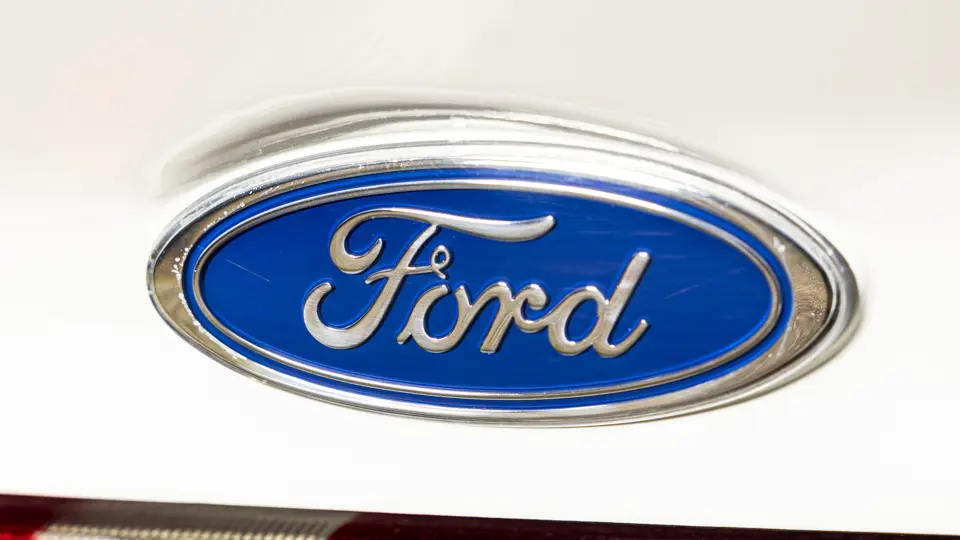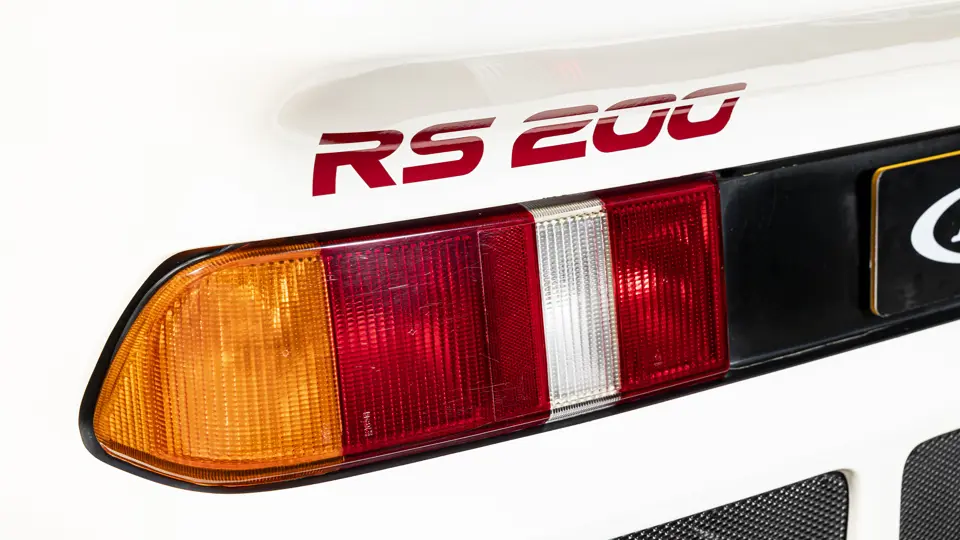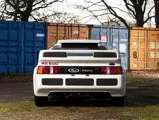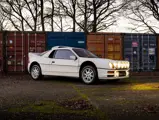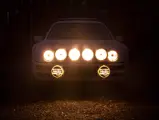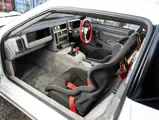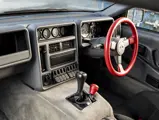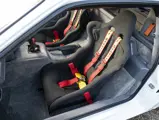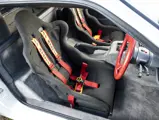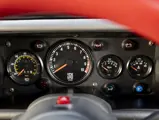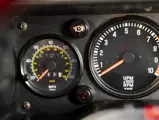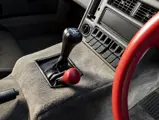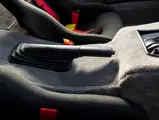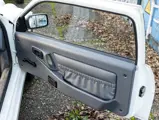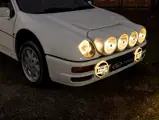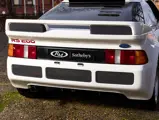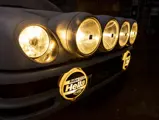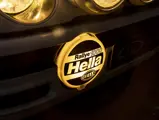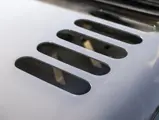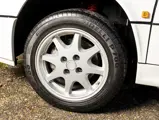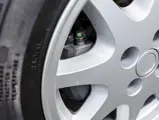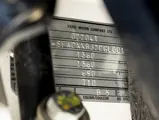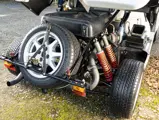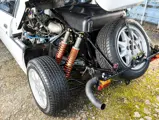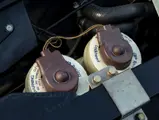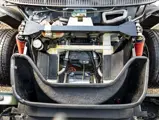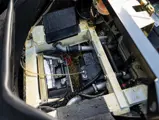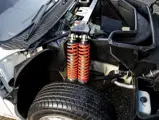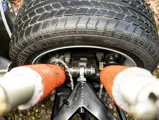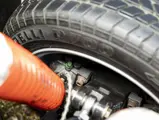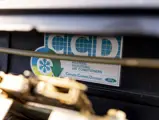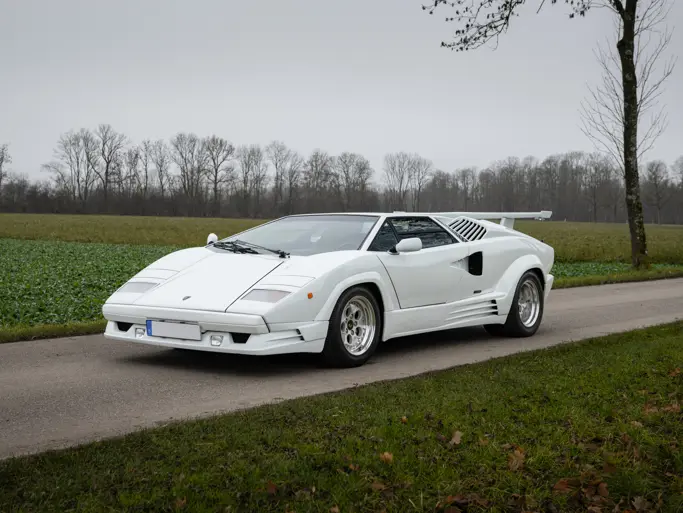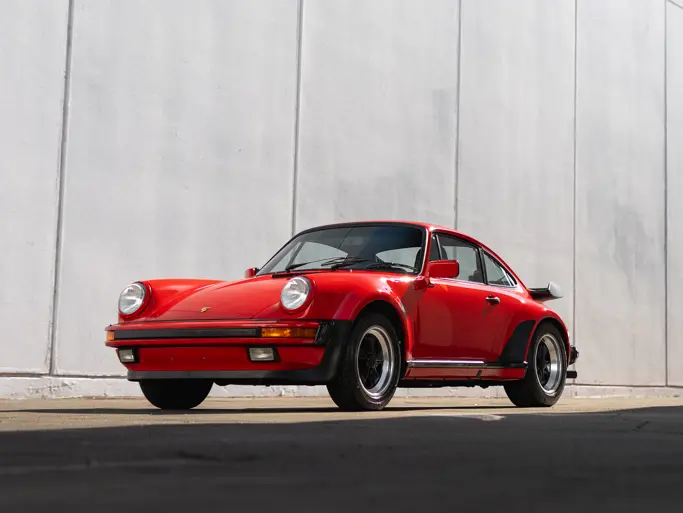
1986 Ford RS200 by Ghia
{{lr.item.text}}
Sold
{{bidding.lot.reserveStatusFormatted}}
- An icon of 1980s performance and power; one of a rare breed of homologated road cars from the heyday of Group B racing
- Understood to be one of only 57 RS200 models made in right-hand drive, according to the Ford RS200 Database
- Powered by the Cosworth-engineered, turbocharged 1.8-litre motor; upgraded from new to deliver 350 brake horsepower—an extra 100 brake horsepower compared to standard
- History file shows over £20,000-worth of maintenance in current ownership
- Presented with several copies of period RS200 Club newsletters, October 1988 Service Parts manual, and Owner’s Manual
- Reputed to have been on museum display for a prolonged period of time; as a result the odometer reads just over 1,200 miles at the time of cataloguing
In the halcyon days of Group B motorsport, the likes of Audi, Lancia and Peugeot would compete on an outrageous playing field. In the automotive equivalent of an arms race, car designers were set on going bigger and bolder as the rally class developed from 1982 to its sudden halt in 1986; manufacturers developed enormously powerful engines using four-wheel-drive systems to utilise every last bit of adhesion, while drivers would charge through parting crowds at near-impossible speeds. While the Ford Escort had raced in earlier seasons, executives at Ford aimed to emulate the Group B success of their big-name marque rivals with a renewed factory team. Efforts to build a Ford-backed team around the third-generation Escort, which launched in 1980, ultimately failed —so enter the RS200 in 1986, built to take on the Quattro Sport, Delta S4, and 205 T16.
Ford lured Stig Blomqvist from Audi Sport, who raced alongside fellow Swede Kalle Grundel in the team’s maiden Group B outing that was fronted by the RS200. The low-slung, four-wheel-drive RS200 featured a mid-mounted, turbocharged 1.8-litre engine and its bespoke vehicle layout resulted in the transmission being mounted towards the front of the car. Overall chassis design was led by famed Formula 1 and Group C designer, Tony Southgate, alongside race engineer John Wheeler, and vehicle weight was kept to a minimum thanks to the plastic-fibreglass body designed by Ghia and made by Tickford. A double-wishbone suspension set-up gave the model acclaimed balance and handling.
While the RS200 was relatively potent in competition, Ford’s tardiness to the Group B party proved costly. The class was axed in 1986, owing to increasing fears over driver and spectator safety after a number of fatalities, and the RS200’s competitive foray was almost over before it began. Rumoured to have invested around £10 million in the project, Ford aimed to recoup some of these costs by making money back in road car sales. Due to Group B homologation rules enforced by the FIA, the manufacturer had been bound to make at least 200 units, yet the plug was pulled on the racing class during the road car’s production run—meaning the total number of models made was nearer 147, with only 57 made in right-hand drive.
This 1986 homologation car is surely one of few surviving in such stunning condition. Finished in white with the recognisable four-lamp floodlights and Hella Rallye 1000 spotlights, this RS200 instantly revives memories of glorious Group B rally action. While the standard road-going RS200 was equipped with a Cosworth-developed engine that delivered around 250 brake horsepower, this car was upgraded upon completion, rated at 350 brake horsepower when new. The Ford is based upon a rally-designated chassis and EXHIBITS various features that signify the model; including adjustable boost from the cockpit, black rally-spec seats with five-point harness belts, a seldom-seen engine cover, lamp pods, Monobloc Speedline alloy wheels, and variable shift lever affixed to the gearbox.
After early ownership, it is thought that this car entered a prolonged period of museum display, accounting for the low odometer reading of just 1,218 miles at the time of cataloguing. Offered for sale with an inspection report carried out in 2016 by Geoff Page Racing, the Essex-based expert in Ford motorsport, the evaluation says: ‘It is one of the best I have seen for a number of years … it will make a perfect car for any collector and possibly even a museum piece … the car has been meticulously looked after by its previous owners.’
Workshop invoices on file between 2013 to 2016 exceed £10,000, with key maintenance including the removal and rebuild of the gearbox, installing a new clutch slave cylinder, and routine servicing. In April 2022, over £10,000 was spent again with Julian Godfrey Engineering for work that included overhauling the fuel system and rectifying other small points around the car to return it to optimal running condition. The history file includes a report from a remote inspection by the RS200 expert and author of Ford RS200: The Story So Far, Justin Smith, in 2011. This RS200 is offered for sale with several copies of period RS200 Club newsletters, an October 1988 Service Parts manual, and Owner’s Manual.
For any enthusiast of Ford’s performance line of cars, Group B racing, or those simply seeking a compelling road car that is fun and engaging to drive, look no further than this RS200. Opportunities like this to acquire such a low-mileage and correct example are rarely so appealing, or forthcoming given the rarity of the model.
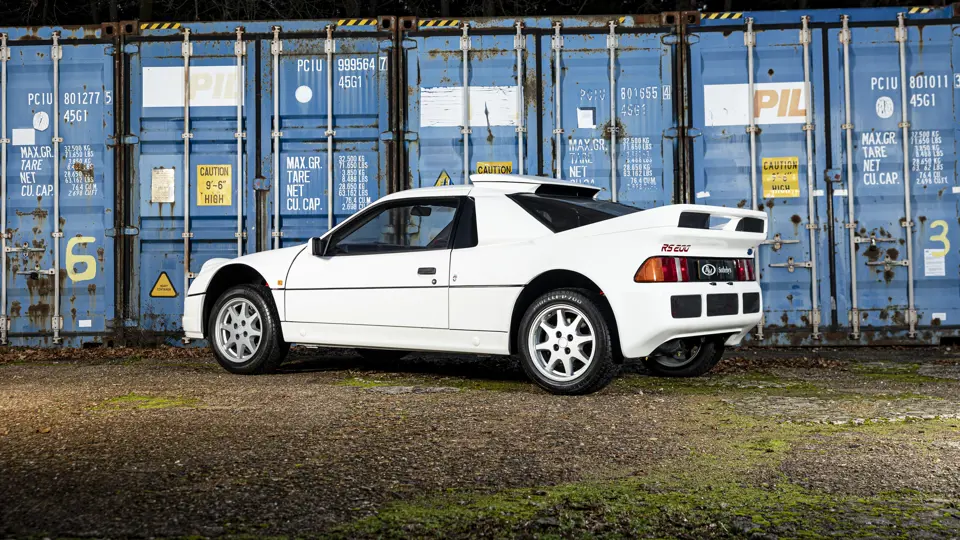
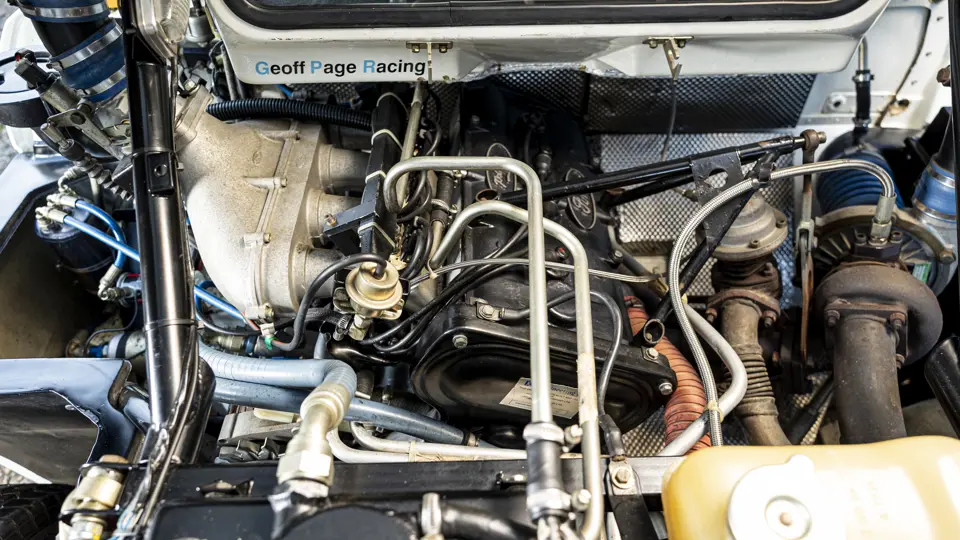
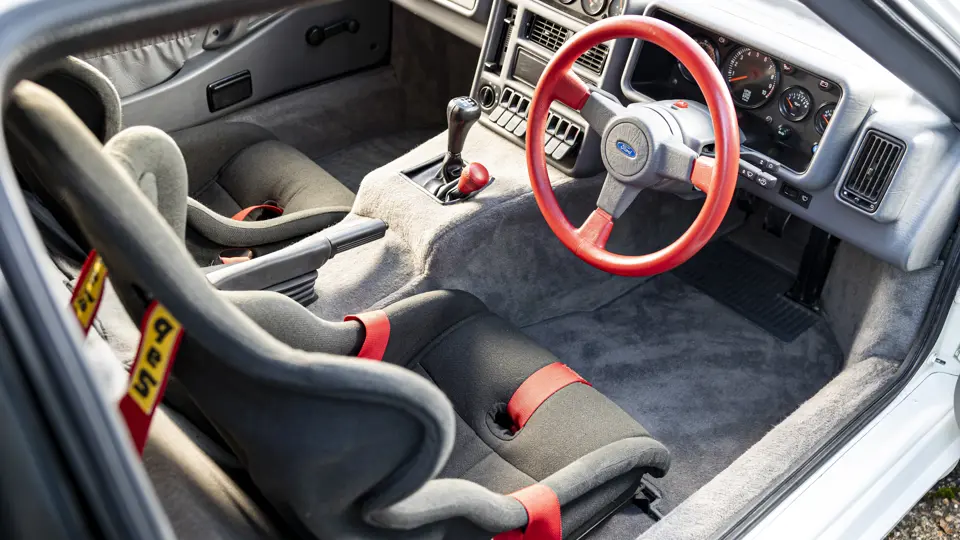

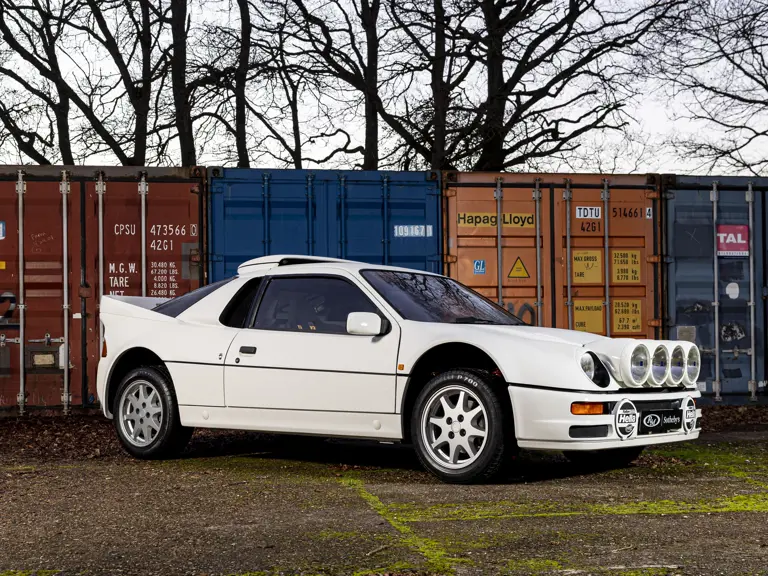

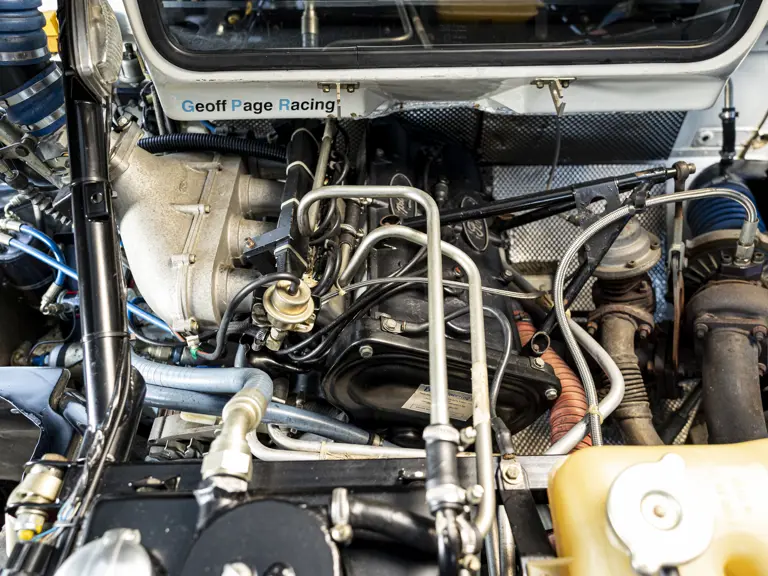
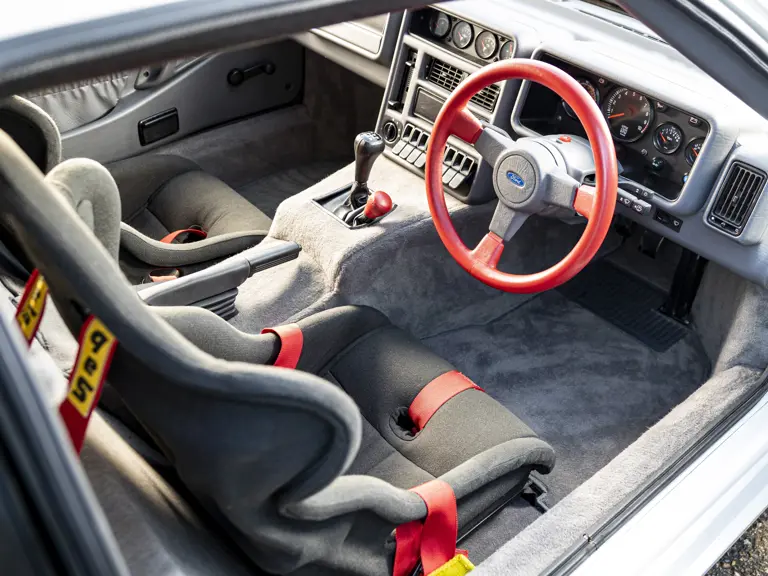
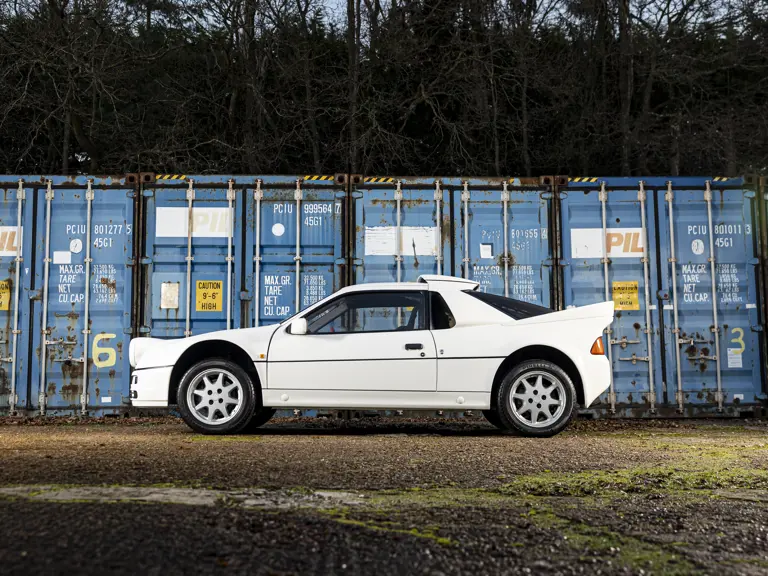
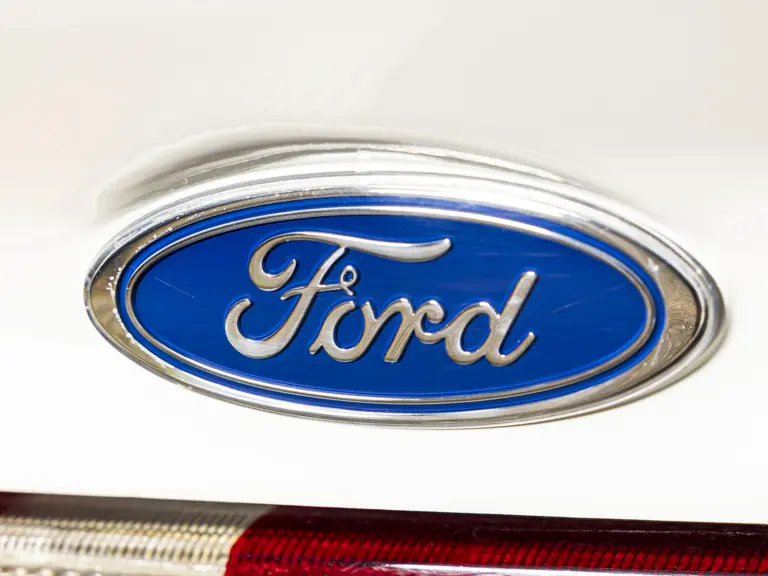


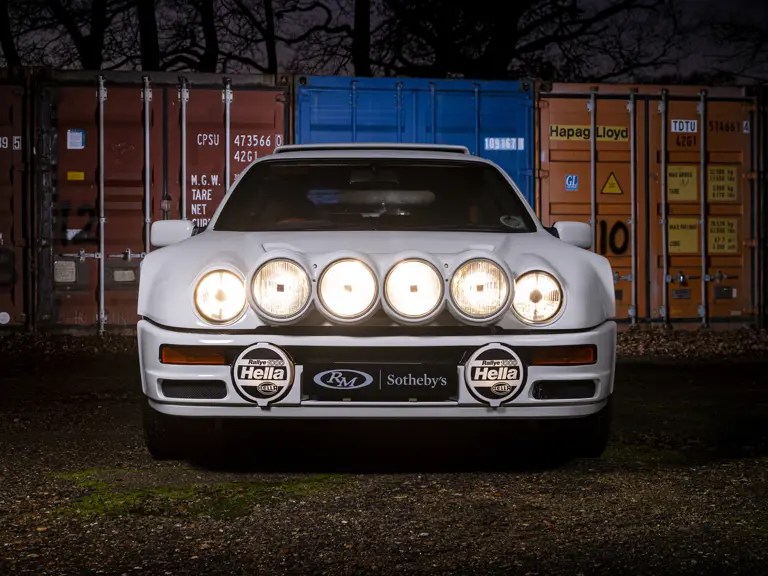

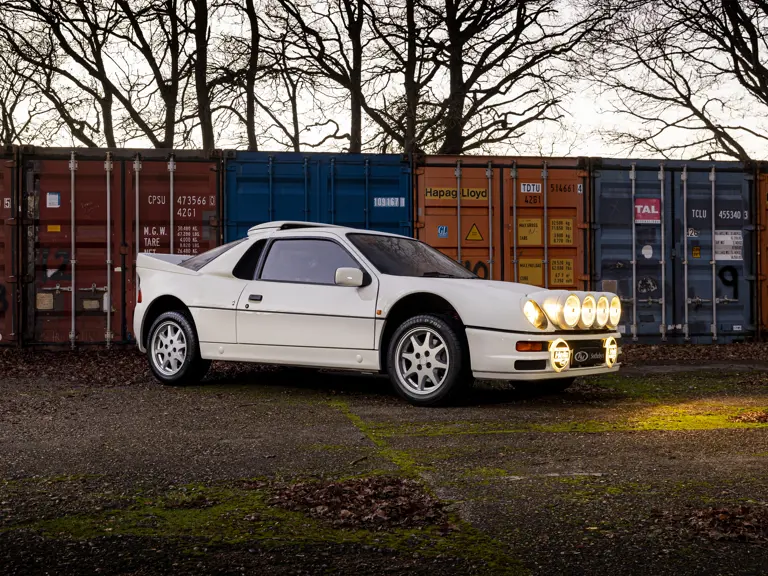
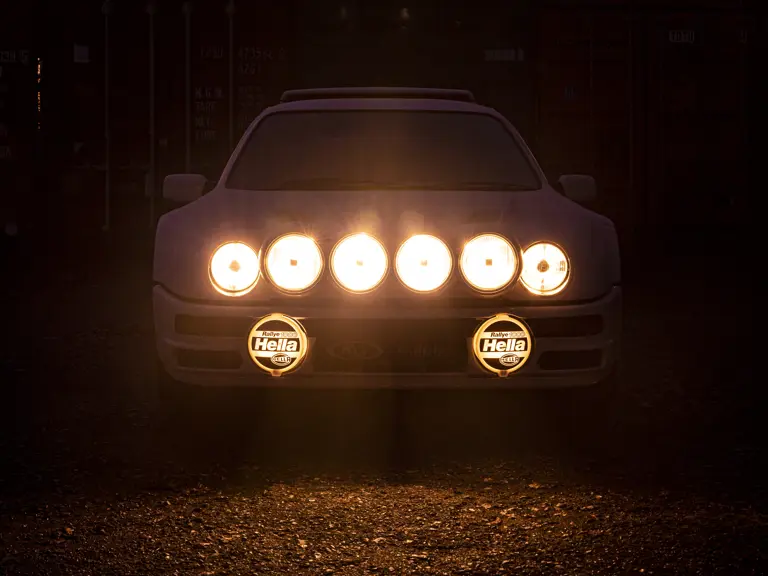
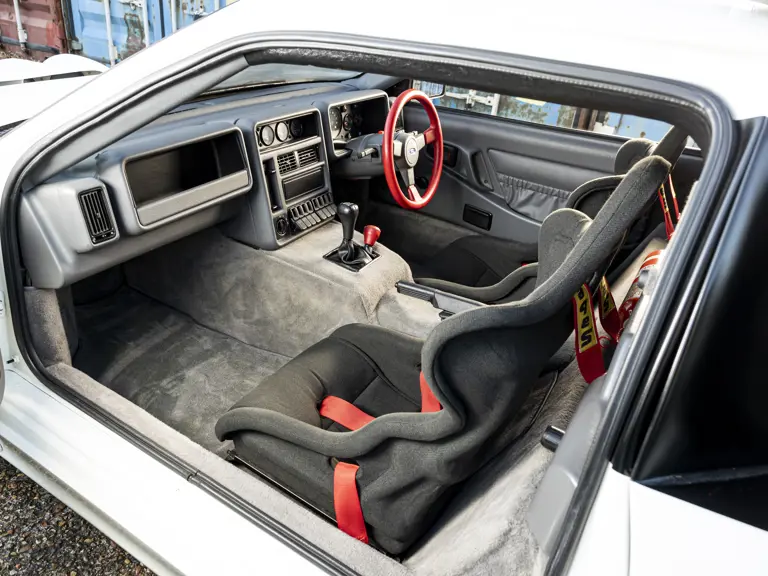

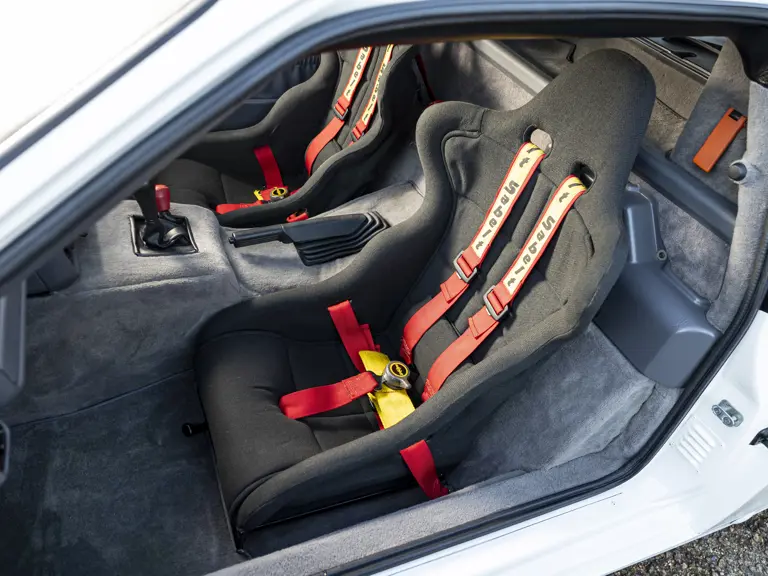
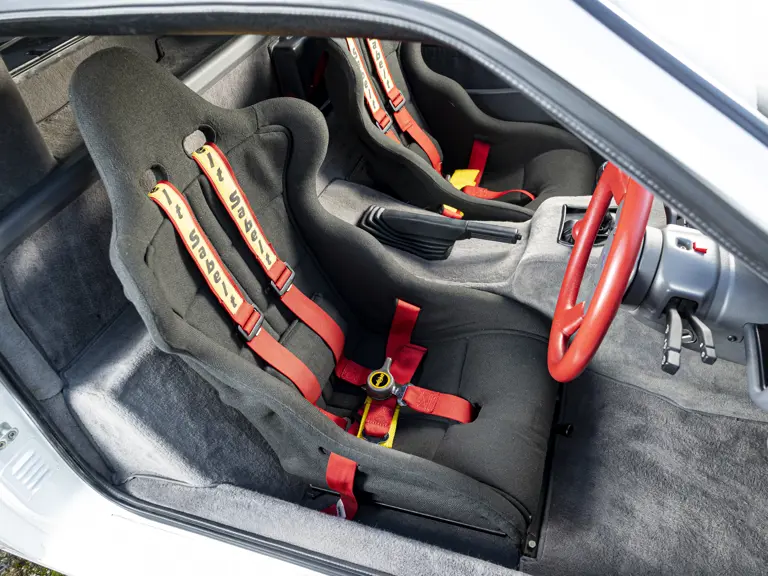


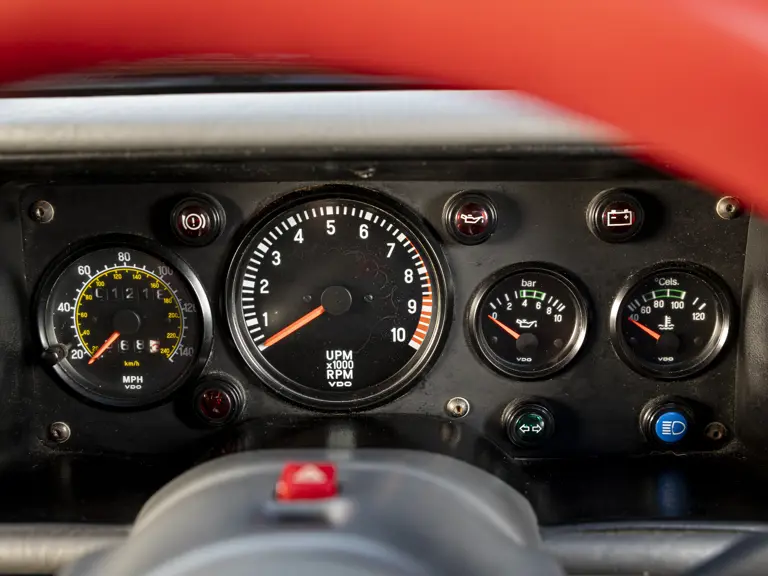

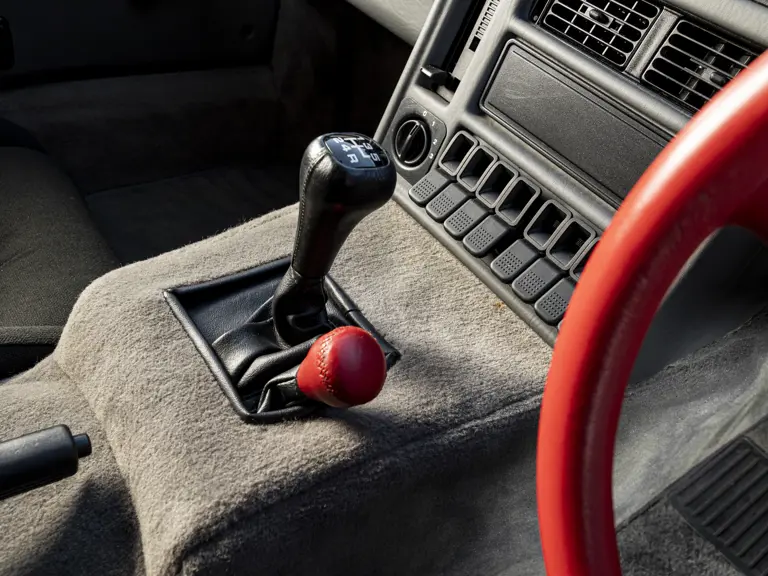

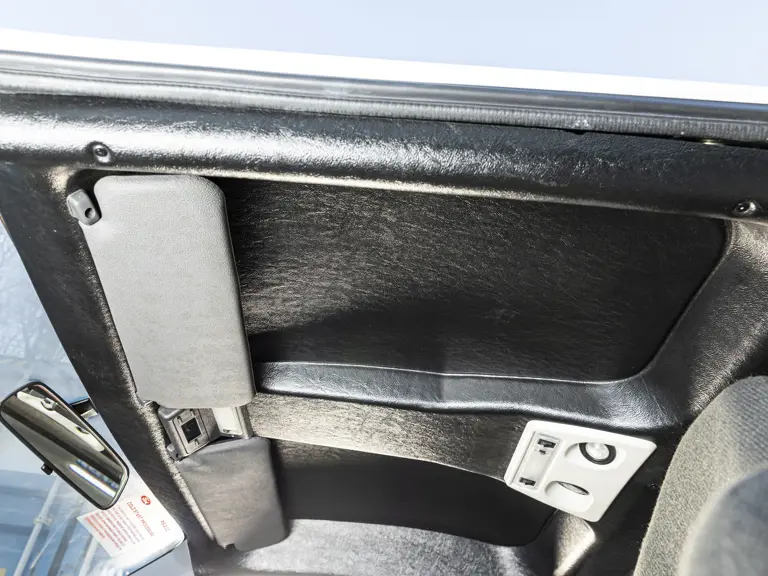
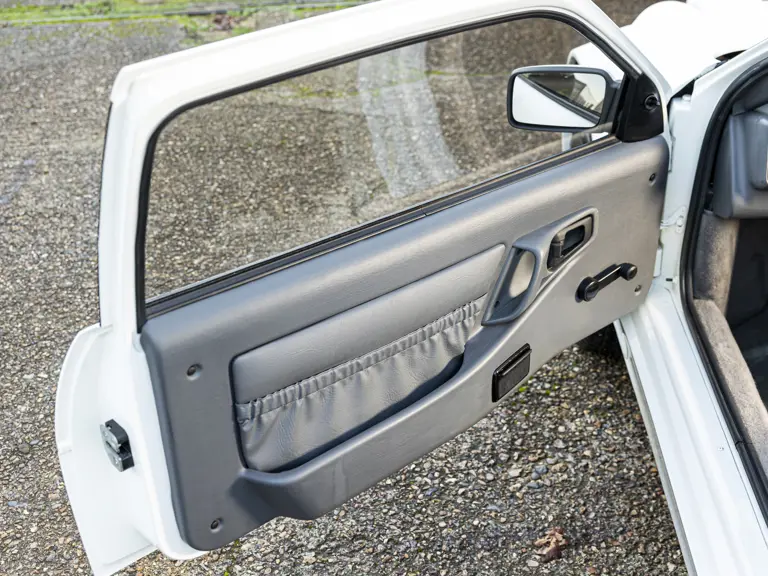
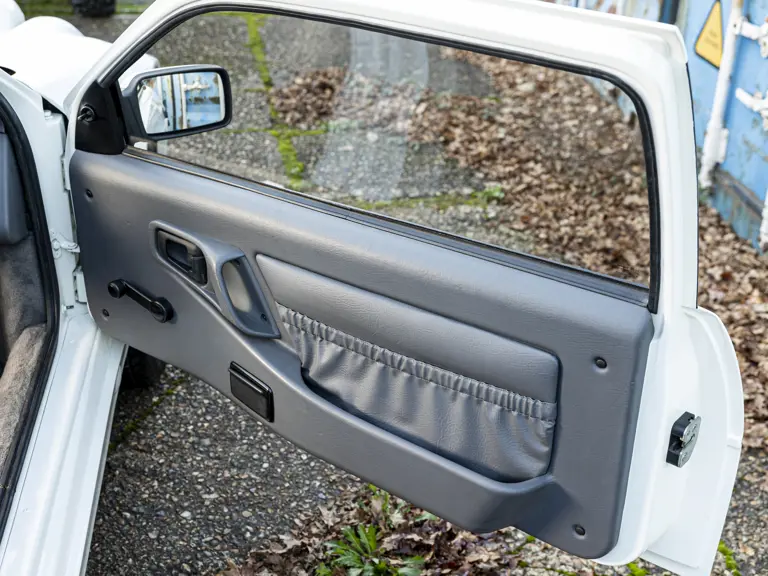
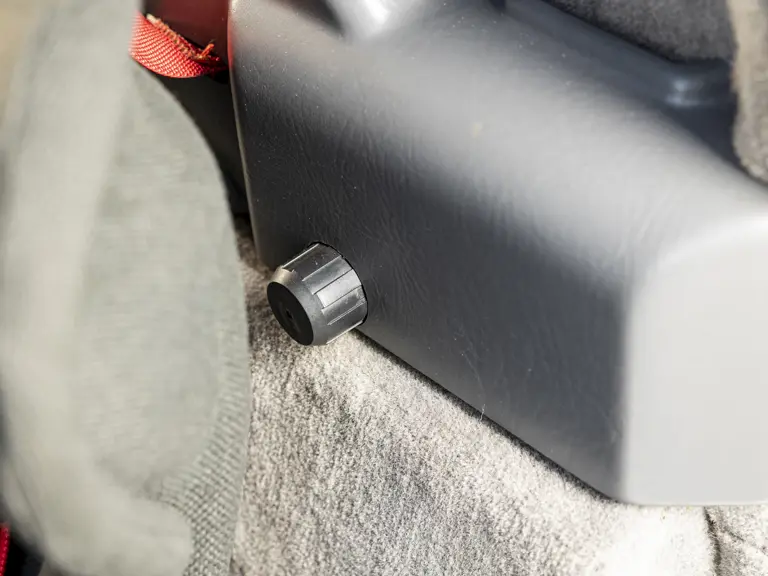


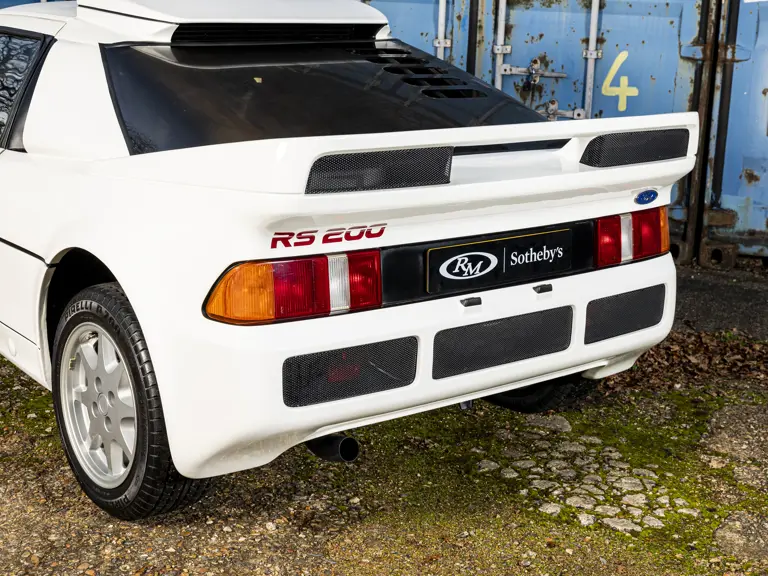
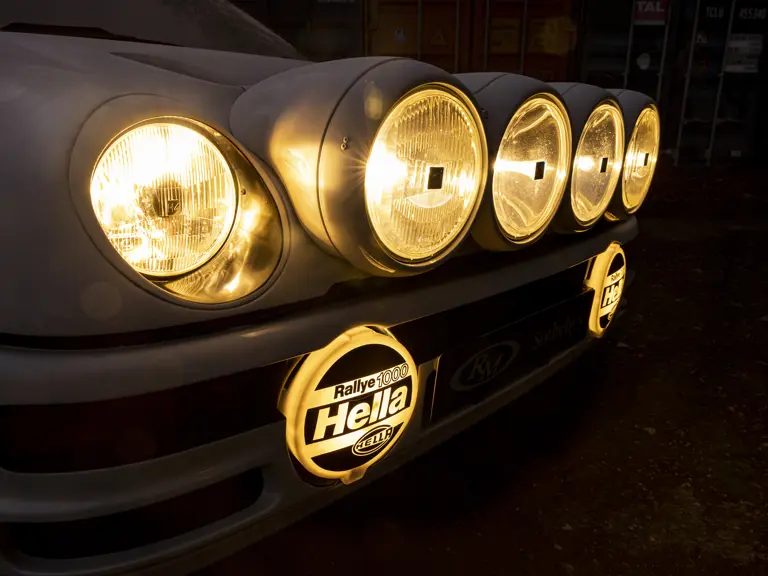
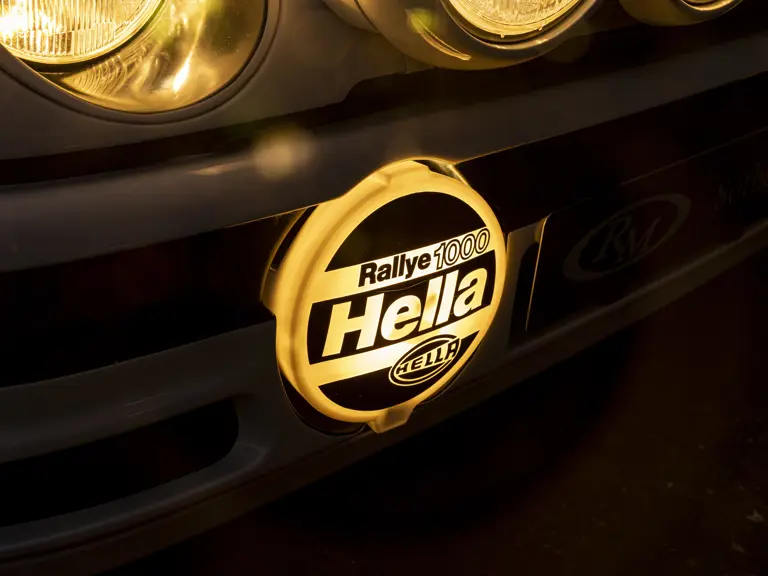
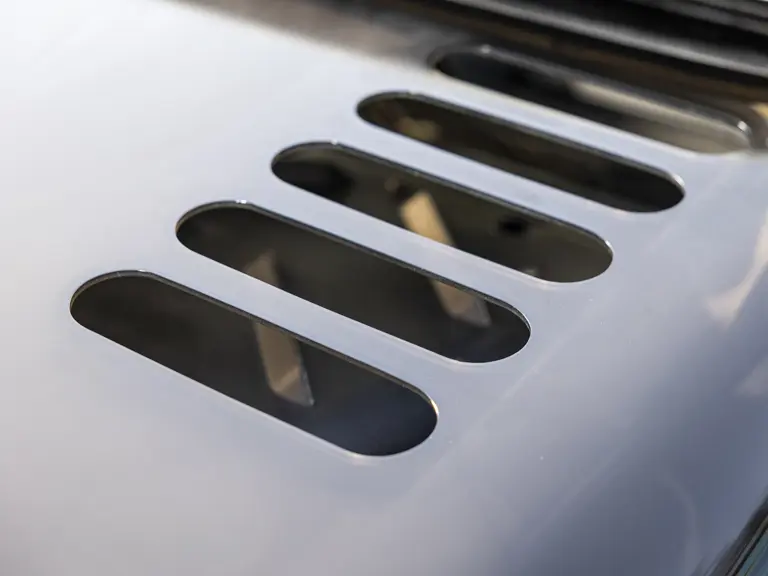
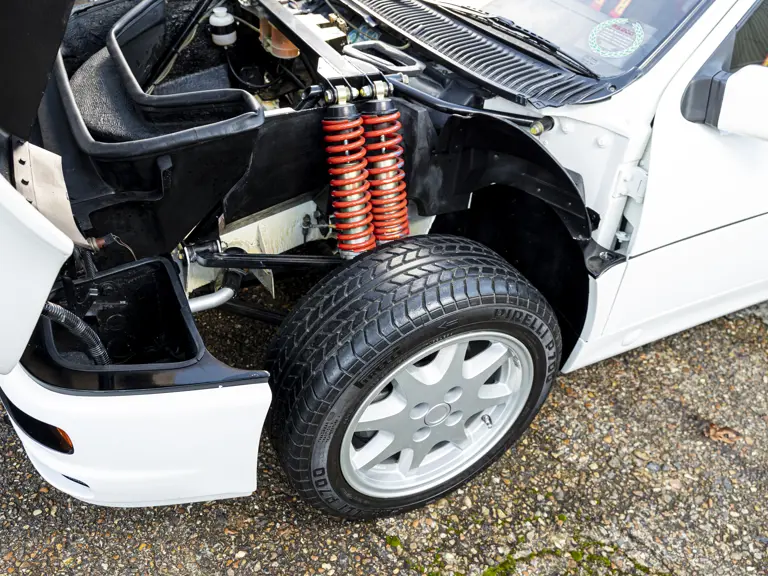
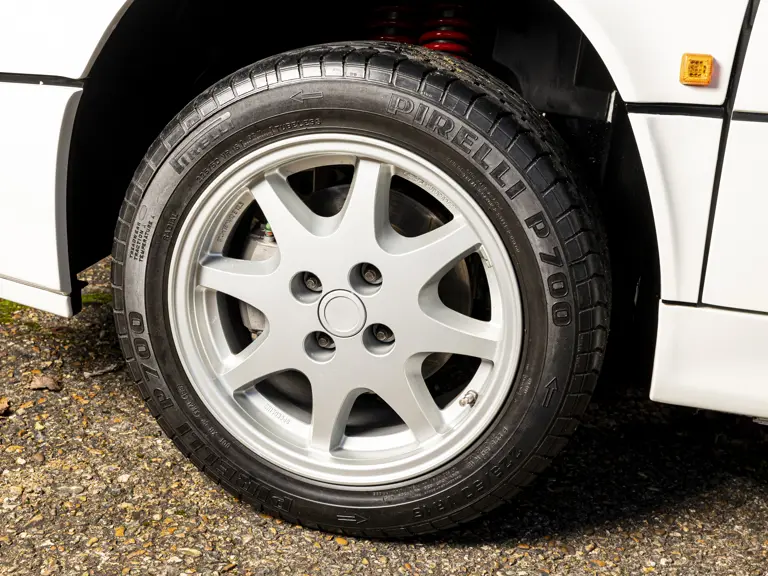




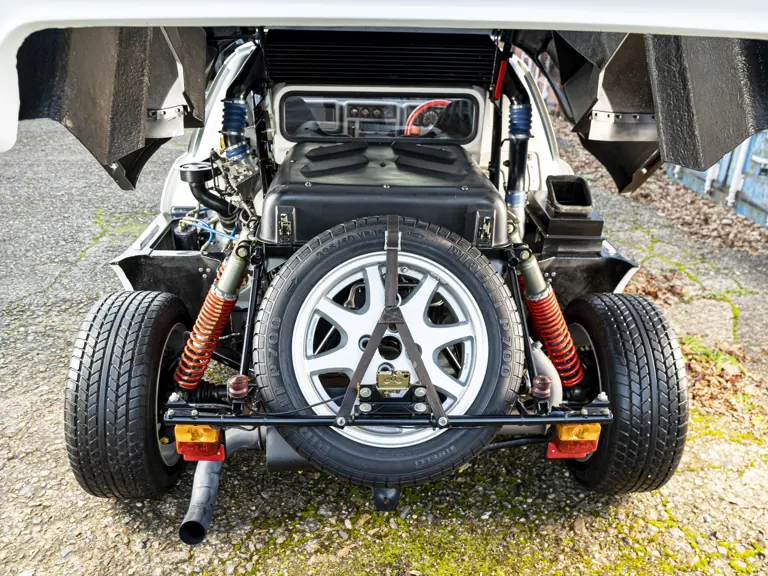
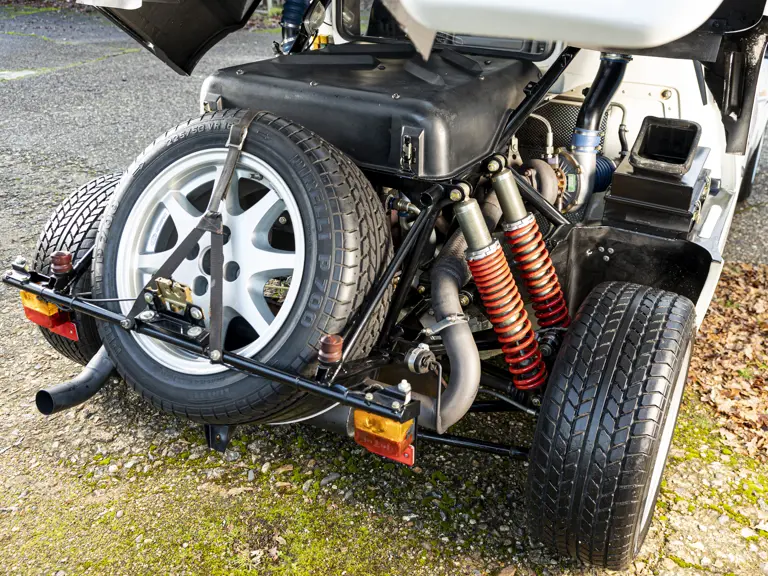

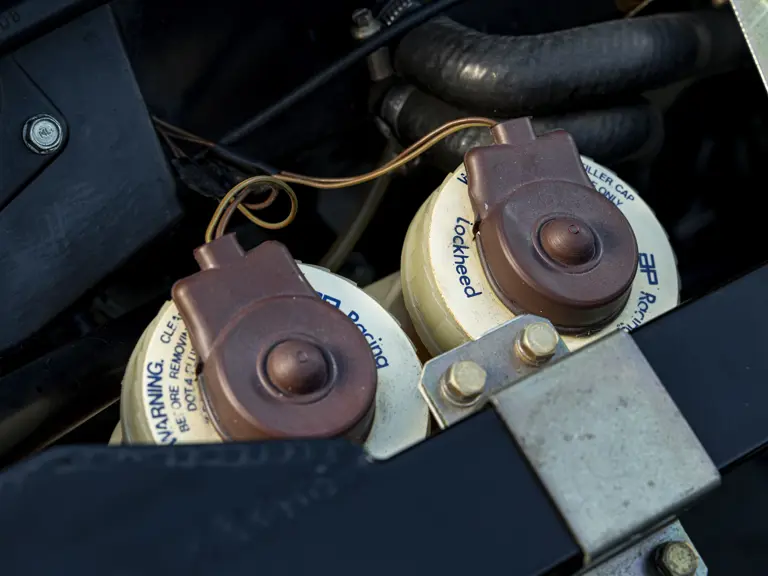

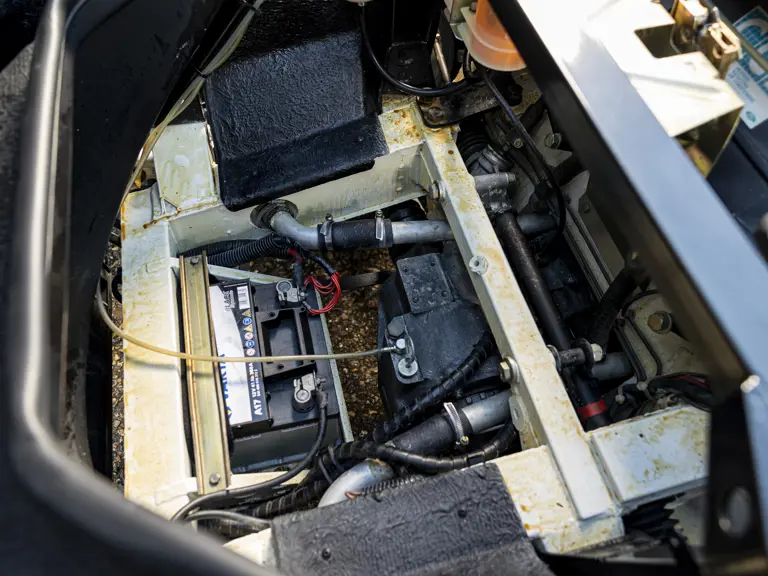

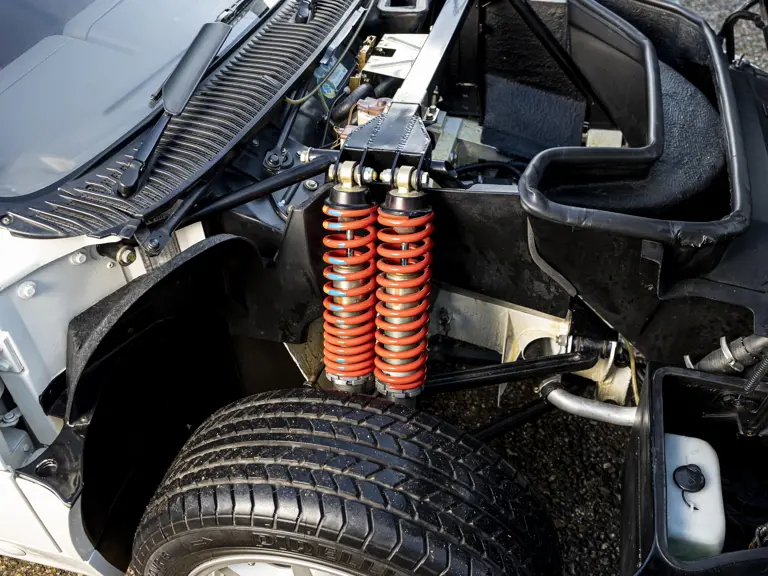
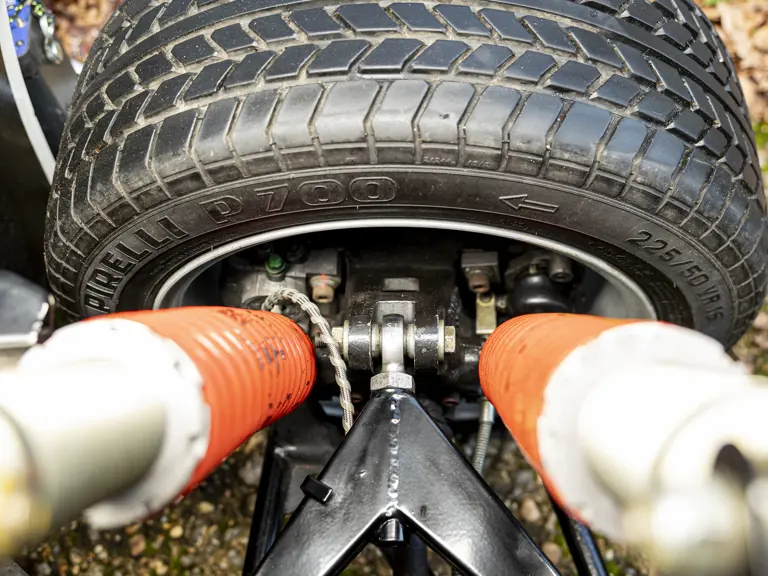
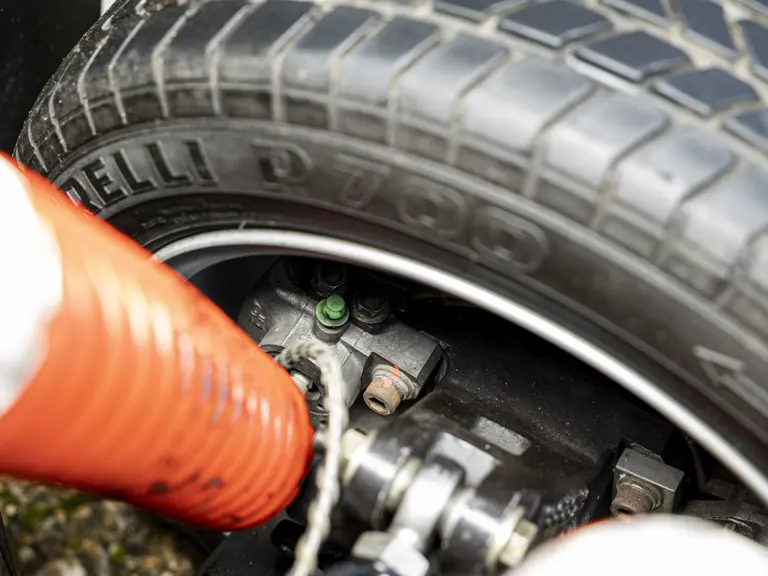
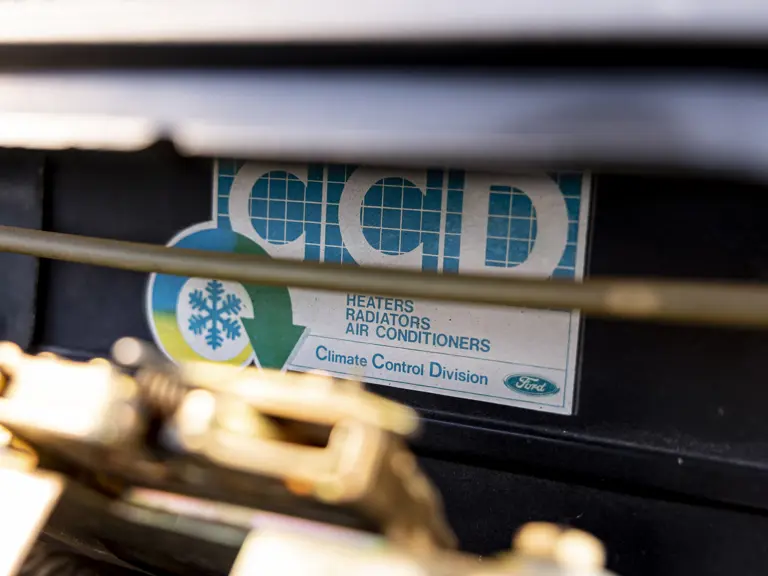
 | Chobham, United Kingdom
| Chobham, United Kingdom

